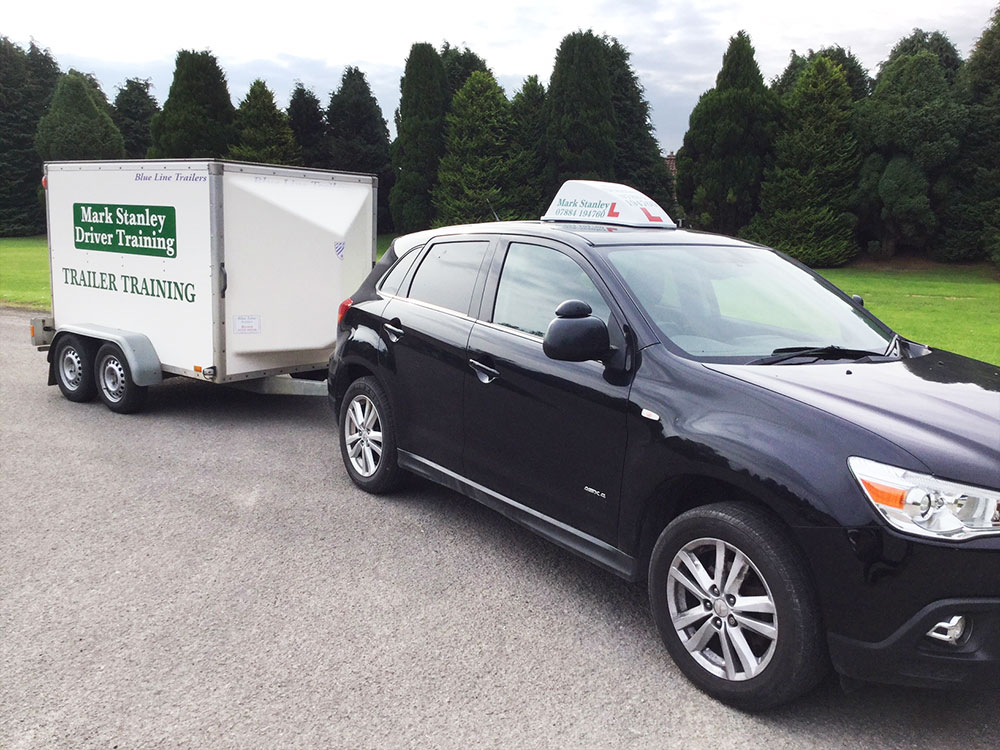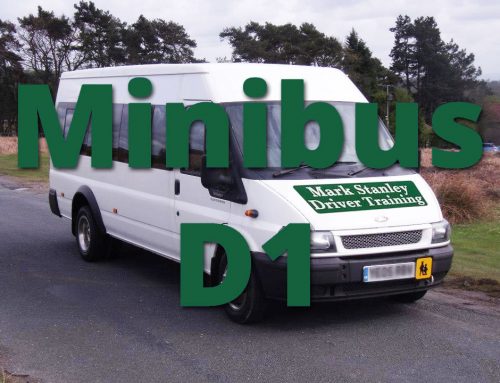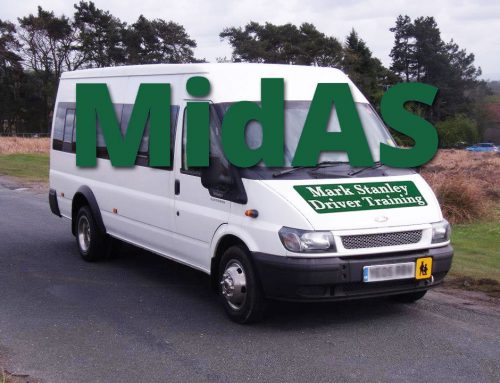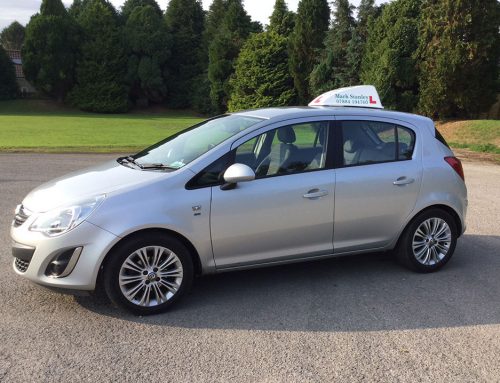B & E Trailer Training
If you passed your car driving test on or after 1 January 1997 and you now want to tow a caravan or certain trailers, you may have to take a specific practical test.
Car licences obtained before 1 January 1997
If you passed a car test before 1 January 1997 you keep your existing entitlement to tow trailers until your licence expires. This means you’re generally entitled to drive a vehicle and trailer combination up to 8.25 tonnes maximum authorised mass (MAM). You also have entitlement to drive a minibus with a trailer over 750kgs MAM.
Car licences obtained on or after 1 January 1997
If you passed a car test on or after 1 January 1997 you’re limited to vehicles up to 3.5 tonnes maximum authorised mass towing a trailer up to 750kgs, or a vehicle and trailer combination up to 3.5 tonnes MAM providing the MAM of the trailer doesn’t exceed the unladen mass of the towing vehicle. You will need to pass an additional driving test in B+E if you wish to tow a caravan or trailer combination which exceeds these weight limits.

What happens during the car and trailer test
There are 6 parts to the driving test:
- an eyesight check
- ‘show me, tell me’ vehicle safety questions
- reversing your vehicle
- general driving ability
- independent driving
- uncoupling and recoupling the trailer
You’ll drive for around 50 minutes.
Eyesight check
You’ll have to read a number plate from a distance of:
- 20 metres for vehicles with a new-style number plate
- 20.5 metres for vehicles with an old-style number plate
New-style number plates start with 2 letters followed by 2 numbers, for example, AB51 ABC.
You’ll fail your driving test if you fail the eyesight check. The test will end.
‘Show me, tell me’ questions
You’ll be asked 5 vehicle safety questions known as the ‘show me, tell me’ questions. These test that you know how to carry out basic safety checks.
Reversing your vehicle
You’ll have to show that you can manoeuvre your car and trailer into a restricted space and stop at a certain point.
The examiner will show you a diagram of where to reverse your vehicle.
Your general driving ability
You’ll drive in various road and traffic conditions, including motorways where possible.
The examiner will give you directions that you should follow. Driving test routes aren’t published, so you can’t check them before your test.
Pulling over at the side of the road
You’ll be asked to pull over and pull away during your test, including:
- normal stops at the side of the road
- pulling out from behind a parked vehicle
- a hill start
Independent driving
You’ll have to drive for about 10 minutes by following either:
- traffic signs
- a series of verbal directions
- a combination of both
The examiner can show you a simple diagram to help you understand where you’re going when following verbal directions.
You can’t use a sat nav.
If you can’t see traffic signs
If you can’t see a traffic sign (eg because it’s covered by trees), the examiner will give you directions until you can see the next one.
Forgetting the directions
You can ask the examiner to confirm the directions if you forget them. It doesn’t matter if you don’t remember every direction.
Going off the route
Your test result won’t be affected if you go off the route, unless you make a fault while doing it.
The examiner will help you get back on the route if you take a wrong turning.
Uncoupling and recoupling the trailer
You’ll be asked to:
- uncouple your car from the trailer
- park the car alongside the trailer
- realign the car with the trailer and recouple them
If you make mistakes during your test
You can carry on if you make a mistake. It might not affect your result if it’s not serious.
The examiner will only stop your test if they think your driving is a danger to other road users.




